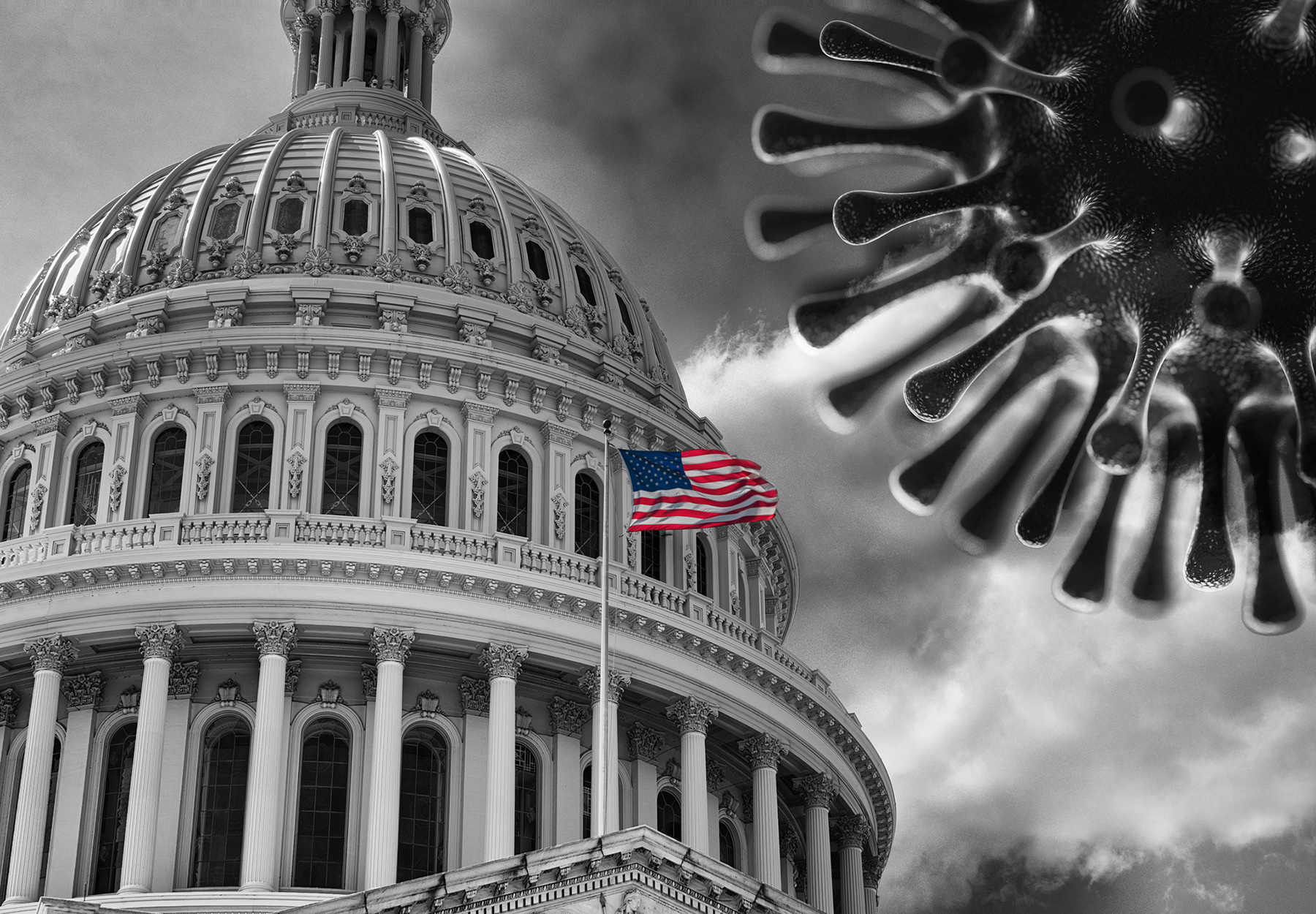Lawmakers Squabble as Country Runs Out of COVID-19 Response Money
The relief package agreed to on April 4 appears to have become a collateral victim of a politically incendiary issue regarding immigration.

The impasse over federal funding for COVID-19 response continues. Here’s a briefing on the situation as it stands at press time.
The Political Battle Over COVID-19 Funding
The funding issue could and should have been resolved a month ago when Congress passed the new federal budget. But the sides couldn’t reach agreement. Of course, political disputes over allocated budget amounts happen all the time and get resolved via negotiations. But the clash over COVID-19 relief was about more than just dollar amounts. The Republicans contended that the previous $6 trillion relief package was a “slush fund” diverted for unwarranted purposes ranging from parks restoration to stadium construction. They vowed not to approve another penny for COVID-19 relief until the administration rendered a full accounting of how the previous money was spent. Democrats refused and stated that they’d pass their own bill later. But without Republican support in the Senate, that was never a realistic prospect. As the impasse dragged on, the White House ratcheted up the pressure on Congress with warnings that response money was about to run out, leaving the federal government and states unable to purchase more therapeutics, tests, vaccines, and other supplies. On April 4, it looked like the crisis would be averted when congressional negotiators announced that they had reached a deal on a $10 billion funding package. While much less than the $22.5 billion the administration requested and the $15.6 billion that Republican and Democratic lawmakers initially agreed to in March, the April 4 deal would have at least enabled response efforts to continue uninterrupted.Clash Over Immigration Sidetracks COVID-19 Funding
But now, just a few days later, even that compromise appears in serious peril. Politics in the Senate remain the sticking point. This time, though, the relief package appears to have become a collateral victim of a politically incendiary issue that has little to no direct ties to health care, namely, immigration. Senate Republicans blocked start of debate on the bill until Democrats allowed a vote on an amendment that would keep Trump era immigration curbs slated to end on May 23 intact. Democrats accused the Republicans of adding the amendment as a deliberate attempt to kill the COVID-19 funding bill. But while the immigration amendment is clearly a political strategy, Democrats are far from blameless for the current stalemate. Instead of affording COVID-19 funding priority status, they concentrated their energy on securing the confirmation of US Supreme Court nominee Ketanji Brown Jackson before the end of the week and upcoming two-week recess.Takeaway
As we go to press, it appears highly unlikely that the bill will come to a vote, leaving COVID-19 relief in abeyance for at least two more weeks until Congress reconvenes. By that time, no fewer than 30 states stand to lose money that had been allocated to them on previous spending packages. In addition, uncertainty over funding has forced the White House to cut back shipments of monoclonal antibody treatments to states by 30 percent, which may cause the nation's supply of such treatments to run out as early as May. The government also can’t buy more oral antiviral treatments like Paxlovid beyond the 20 million treatments already secured, and has to scale back planned purchases of preventive treatments for immunocompromised people. The uncertainty is also impacting vaccines. Federal funding for COVID-19 testing and treatment of uninsured Americans has dried up as of March 23, the Health Services and Resources Administration (HSRA) stated. The agency also announced that coverage for COVID-19 vaccines for the uninsured will no longer be available after early April, leaving 11.4 million Americans in the cold. There are currently enough vaccine doses available for immunocompromised people to get boosters; but additional funding may be needed to get the rest of the US population fourth doses, let alone enable the administration to achieve its objectives in distributing vaccines to poorer countries around the world.Subscribe to view Essential
Start a Free Trial for immediate access to this article